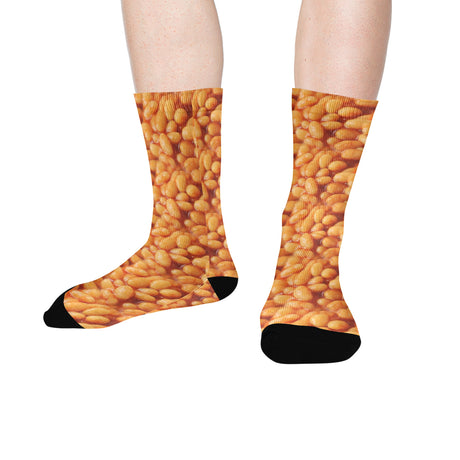Have you ever wondered what sets squirrels and rats apart? These furry critters may seem similar at first glance, but they have some notable differences that make them unique. Let's dive into the world of rodents and explore the distinctions between these two fascinating creatures.
Are They Distant Cousins or Long-Lost Siblings?
While squirrels and rats may share a common rodent ancestry, they belong to different families. Squirrels belong to the Sciuridae family, which includes various species like tree squirrels, ground squirrels, and flying squirrels. On the other hand, rats belong to the Muridae family, which encompasses rats, mice, and other similar rodents.
Tail Tales: Fluffy vs. Scaly
One of the most noticeable differences between squirrels and rats is their tails. Squirrels are famous for their bushy, fluffy tails that add a touch of elegance to their acrobatic moves. These magnificent tails serve multiple purposes, including balance, communication, and even as a cozy blanket during chilly nights.
Meanwhile, rats have long, hairless tails that are scaly in appearance. Their tails are more utilitarian, helping them with balance and providing stability as they scurry around. While not as visually appealing as a squirrel's tail, a rat's tail is a remarkable adaptation for their urban and underground lifestyles.
Size Matters: Petite vs. Plump
When it comes to size, squirrels and rats have distinct differences. Squirrels are generally smaller and more petite, with slender bodies that allow them to navigate tree branches with ease. Their size varies depending on the species, ranging from the tiny African pygmy squirrel to the larger fox squirrel.
Rats, on the other hand, tend to be larger and plumper. The most common rat species, the brown rat, can grow up to 10 inches in length, excluding the tail. Their robust bodies and compact size make them well-suited for urban environments, where they can squeeze through small openings and explore hidden nooks and crannies.
Home Sweet Home: Nests and Hideouts
Squirrels and rats have different preferences when it comes to their homes. Squirrels are known for their elaborate nests, called dreys, which they build high up in trees. These cozy structures are made of twigs, leaves, and other natural materials, providing a safe haven for squirrels and their young.
Rats, on the other hand, are skilled at finding shelter in various environments. They can create burrows underground, nest in attics or basements, or even take up residence in sewers. Rats are highly adaptable and can thrive in both urban and rural settings, making them resourceful survivors.
Foraging Frenzy: Nutty vs. Naughty
Both squirrels and rats are opportunistic eaters, but their dietary preferences differ. Squirrels have a penchant for nuts, seeds, fruits, and other plant-based foods. They are skilled foragers and often bury their food to save for later, contributing to the growth of new trees as they unintentionally plant forgotten nuts.
Rats, on the other hand, have a more varied diet that includes grains, fruits, vegetables, and even meat. They are known for their scavenging abilities and can adapt to different food sources, making them notorious pantry raiders. Rats are highly intelligent and can solve complex problems to access food, which can be both impressive and frustrating.
Conclusion: A Tail of Two Rodents
So, what's the difference between a squirrel and a rat? While they may share some similarities as rodents, squirrels and rats have distinct characteristics that set them apart. From their fluffy tails to their preferred habitats and dietary choices, these furry creatures have adapted to their environments in unique ways.
Next time you spot a furry critter scurrying around, take a moment to appreciate the quirks and qualities that make them special. Whether it's a playful squirrel leaping from tree to tree or a mischievous rat exploring the urban jungle, each has its own story to tell in the fascinating world of rodents.
















